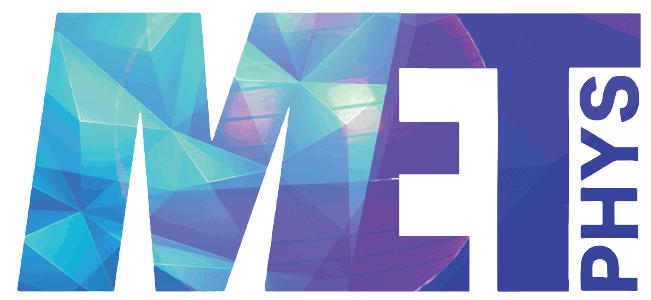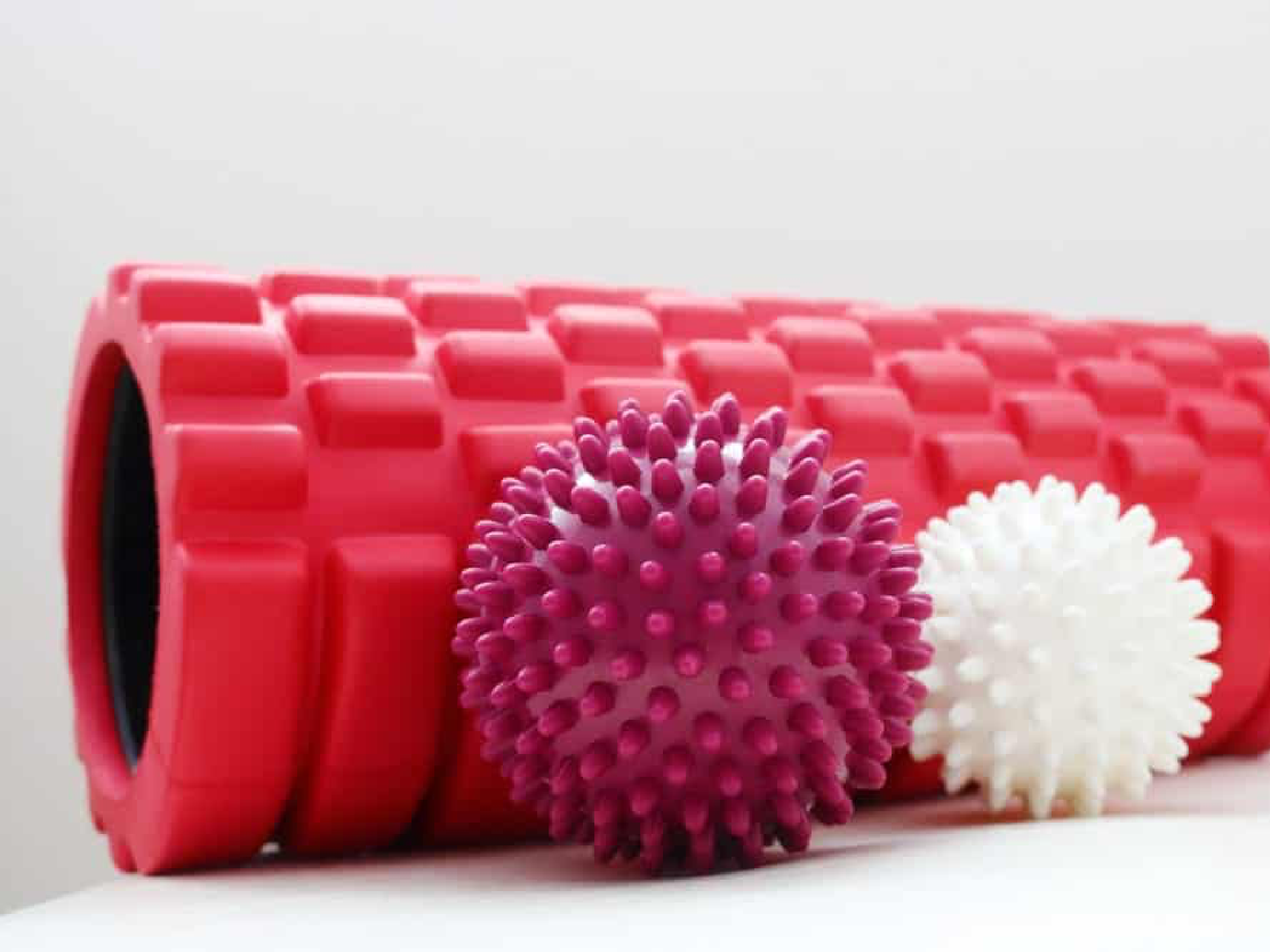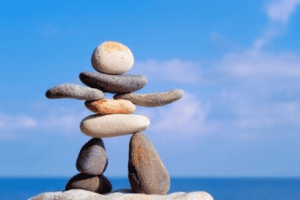Have you ever seen gym members or athletes on TV roll themselves over long rubber cylinders or small balls? Not only are these people working out stress, but they are addressing knots of tension within their muscles.
These processes are often referred to as foam rolling or trigger balling which are both forms of self-myofascial release (SMR).
Foam rollers and trigger balls are both used for self-myofascial release (SMR) to relieve tight and sore muscles. However, they do complete this task in different ways. The idea of such is to roll parts of your body over firm objects to relieve sore muscles and release tight fascia as well as other deep tissues. Completing SMR can help improve delayed onset of muscle soreness (DOMS), stiffness caused by sedentary activities and even some kinds of chronic pain.
So, what SMR device is best suited to your needs?
The most common techniques for SMR are the use of foam rollers and massage balls. Despite achieving the same response within muscle, these devices do go about this task in different ways. One serves a purpose of stable pinpoint precision, compared to a smooth moving, broad pressure release.
Massage Balls
Pros
Massage balls can be found in most gym and clinical settings. These balls are often no larger then your standard tennis ball, however, are made of a firm material such as a hard rubber. Some massage balls are also spikey which are no different to a standard round rubber ball, just watch out for the dimples you may put in your wall!! (Handy tip: If you are using a spikey massage ball against the wall, simply place a towel between the ball and the wall to avoid any damage).
Massage balls are very portable and take up very little room in your gym bag and can be used ‘on the go’.
Due to their shape, massage balls distribute a concentrated force at the top of the balls curve. This results in a pinpoint pressure which can result in a more intense release then a foam roller. This small, concentrated force can allow you to more accurately address those small trigger points, instead of a diffusing the pressure across a broad area achieved by foam rollers.
Cons
Dense rubber massage balls can often be hard to tolerate as a beginner. Similarly to a deep massage, sometimes you need pain to address deep muscle tensions. However, if you are just beginning with SMR, it may be best to use a soft rubber ball. Most trigger balls have a scale on hardness, talk to your practitioner to see what may be best suited for you.
Sometimes a trigger ball can cause harm on healing tissues, often leaving you bruised and hurt. Talk to your practitioner to determine what is best for you. If you are addressing a knot in your back, certainly use a trigger ball. However, for sore quads after that game of football or after a group class at your gym, a foam roller will be more efficient.
Foam Rollers
Foam rollers are a cylindrical piece of foam designed for SMR which come in an abundant of sizes. Despite the name, some rollers may be made from plastic with an outer foam layer which serve an identical purpose. Like trigger balls, foam rollers do come in a variety of textures and densities to work with, it is all about finding what’s best for you.
Pros
Foam rollers are more stable than a massage ball, rolling backwards and forwards. This means they are easier to control and create less wobble.
Foam rollers are often more suited to beginners as they are deemed more comfortable than massage balls. They also target larger lengths of muscle with more dispersed pressure, leading to greater comfort. By targeting this larger muscle zone, it more efficiently addressed the DOMS you may get after competition or a workout.
Cons
Foam rolling is sometimes a workout in itself. This can be due to supporting your body weight with your arms, as well as using your body to initiate the rolling movement over the foam roller. Compare this to a massage ball, you can find the tender spot and lie still allowing the pinpoint pressure to work its magic.
Due to foam rollers dispersing a broad range of pressure on the muscle, it may be hard to zone in on that little tight spot that is driving you crazy. A trigger ball is best suited to that. Also, foam rollers are bigger and bulkier than a massage ball, thus are less travel friendly.




